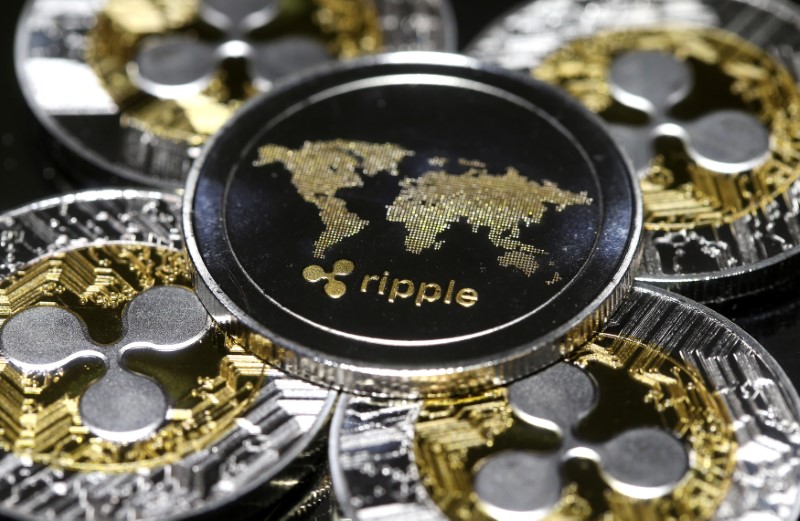Ripple Turns to Chainlink to Boost DeFi Adoption of RLUSD
Ripple has formed a strategic partnership with Chainlink to increase the adoption of its institutional-grade stablecoin, RLUSD, in the decentralized finance (DeFi) space. Announced on January 7, the collaboration aims to integrate Chainlink's decentralized price feeds for RLUSD on both the Ethereum and XRP Ledger.
This integration seeks to enhance the reliability of the stablecoin by providing real-time and manipulation-resistant market data. The initiative aims to boost the use of RLUSD in trading, payments, lending, and DeFi applications, enabling developers to access accurate price data for building more reliable decentralized applications (dApps).
The Role of RLUSD in DeFi RLUSD is a stablecoin pegged to the US dollar at a 1:1 ratio, forming part of Ripple’s blockchain-based financial vision. Ripple positions this stablecoin as a bridge between traditional finance and decentralized technologies. The integration with Chainlink is expected to address reliability issues in market data, thereby increasing the adoption of RLUSD within the DeFi ecosystem.
Colin Cunningham, Ripple’s Head of Tokenization and Partnerships, stated that the collaboration sends a positive signal to the market and will expand the use cases of RLUSD. Cunningham expressed that this move will help Ripple establish a more solid foundation in the DeFi space.
Chainlink's Growing Influence Recently, Chainlink has executed various integrations aimed at enhancing interoperability among blockchain networks. On December 10, 2024, it collaborated with Project Diamond, Coinbase's global digital asset platform for institutions, to provide data feeds for tokenization processes. This initiative showcased Chainlink’s capability to bridge both private and public blockchain networks.
The partnership with Ripple further underscores Chainlink's role as a critical player in the integration between blockchain and traditional finance. This collaboration is viewed as an important step towards enabling RLUSD to achieve broader use within the DeFi sector.
Reactions from the Flare Community: Why Chainlink? Ripple's collaboration with Chainlink has disappointed some members of the XRP community. The Flare community criticized the partnership, arguing that it was a task Flare should have assumed. Flare Labs CEO Hugo Philion responded to these criticisms by clarifying that Flare is not currently providing oracle services to other networks and that its priorities lie in bridging incentives and enhancing DeFi adoption.
However, these explanations have not satisfied some community members. Long-term supporters of Flare within the XRP community had expected the project to forge stronger ties with Ripple. There remains uncertainty about whether Flare will expand its oracle services to other networks in its future plans.
Ripple's Future Objectives Ripple plans to broaden the accessibility of the RLUSD stablecoin by listing it on more platforms and increasing its impact within the DeFi ecosystem. The company’s President, Monica Long, is optimistic that XRP could receive spot ETF approval by 2025. Long anticipates that this year could be transformative for the cryptocurrency markets and predicts an acceleration in the adoption of stablecoins.
Ripple's strategic moves aim to not only increase the adoption of RLUSD but also attract the interest of institutional investors in XRP in a regulation-compliant manner. These steps position Ripple as a leading player in providing blockchain-based financial solutions.


